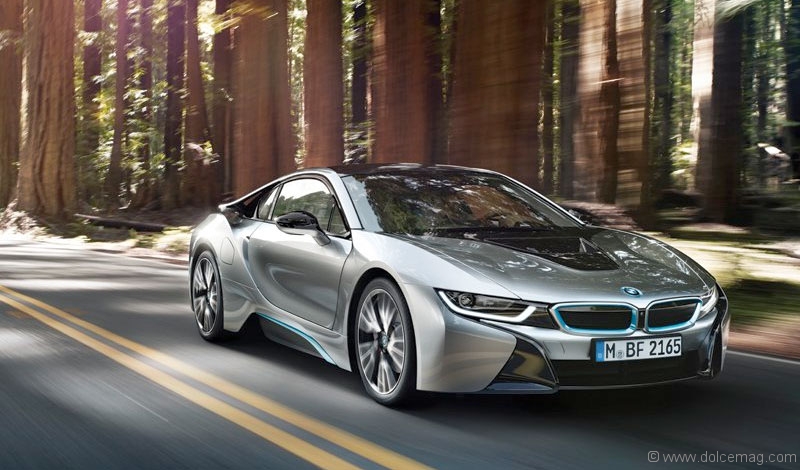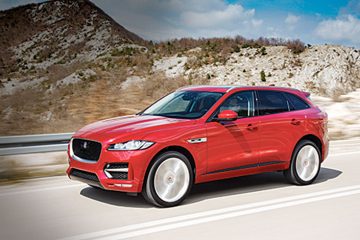BMW i8 – A Rolling Testament to Engineering and Design
Like the chariot of a crime fighter from the year 2199, BMW’s futuristic new halo car is a stunning, ultramodern example of where automotive design and manufacturing is headed
When the first images of the BMW Efficient Dynamics concept started making the rounds it was hard to believe such a car would ever make it through to production. Its sexy yet outlandish curves, futuristic lighting configuration and articulating doors made for a glorious design exercise, but little did we know the i8 would be gracing the streets a mere five years later. From every angle the new i8 is absolutely stunning, and shy of the loss of the glass doors, and a few other design tweaks, it looks just as futuristic as the concept from which it was born. It’s a pleasant surprise to see another performance-focused hybrid or EV penned with a Tron-esque version of futuristic design rather than some of the recent mass-market hybrids that are still drawing with The Jetsons in mind.
Hopping inside the passenger cabin, the i8 is a slick and updated twist on BMW’s current interior design language. Its dashboard centre-stack is canted slightly towards the driver, as they have been in most modern BMWs for ages, and its infotainment screen sits proud atop the dashboard, much in the same way it appears in the latest 3-series, 4-series and in the new X5 and X6. Thin and well-bolstered sports seats keep its occupants firmly in place as the i8 rockets along winding roads. As a whole this is likely one of BMW’s best interior design efforts in a handful of years. At the very least it’s a solid improvement over the over-stylized X5.
The interesting thing about the i8 stretches far beyond its charming good looks. The i8 came to fruition as the brand’s halo car when it comes to new technology and manufacturing methods. The i8’s main body is entirely moulded in carbon fibre, which rides on a lightweight aluminum backbone. This backbone acts as a supporting link between the car’s front and rear aluminum subframes that carry its pair of electric motors at the front and its TwinPower 1.5-litre 3-cylinder turbocharged gasoline engine over the rear wheels. This combination of materials means that not only is the i8’s chassis incredibly rigid, but it is also respectably lightweight. The i8 tips the scales at roughly 1,530 kilograms,
which is lighter than the current model, the M3.
In standard electric mode, the bulk of the i8’s power comes via its two electric motors. Stomp on the throttle hard enough and its internal combustion comes alive and provides the added kick in the pants required. Don’t be fooled by the “hybrid supercar” nomenclature that’s typically used when describing the i8. The car is definitely sports-car quick, climbing from 0-100km/h in 4.4 seconds, but in terms of sheer velocity its only reasoning for being dubbed a supercar is its shape and two-seat mid-engine configuration.
Where things get properly entertaining is when the i8 is switched over into sport mode. At this point the car’s 3-cylinder turbocharged engine remains fired up and ready with its 228 horsepower and 237 lb-ft of torque, eager to boost the car to its full 362 horsepower and max 420 lb-ft of torque. Throttle response is crisp, and its dynamic suspension system remains almost abusively firm. Much like the BMWs of a past era, whose driving dynamics were heavily focused on performance, the i8 handles like a true champ. At its limit, BMW’s choice of relatively narrow tires means the front end has a tendency to push a tiny bit, but it certainly leads one to believe that there may be a slightly higher-performance version of the i8 coming down the pipe in the years to come.
General Specs
Engine: Turbocharged 1.5-Litre 3-cylinder plus two electric motors
Horsepower: 362
Torque: 420
0-100 km/h: 4.4 seconds
Top speed: 250 km/h
Price: Starting from $150,000
www.bmw.ca




















































































No Comment